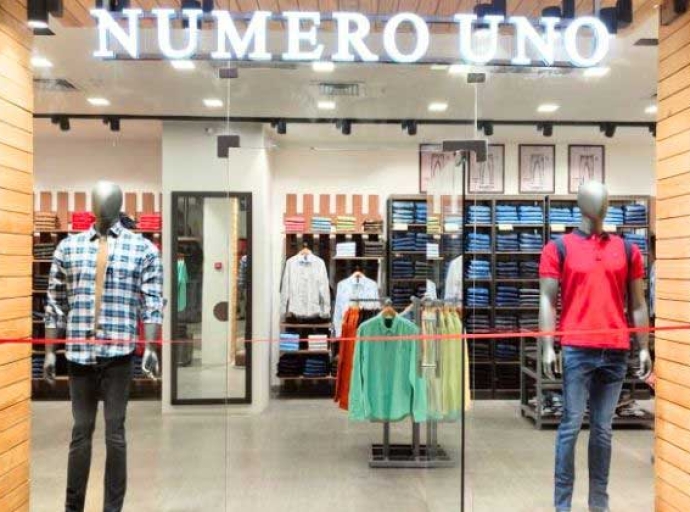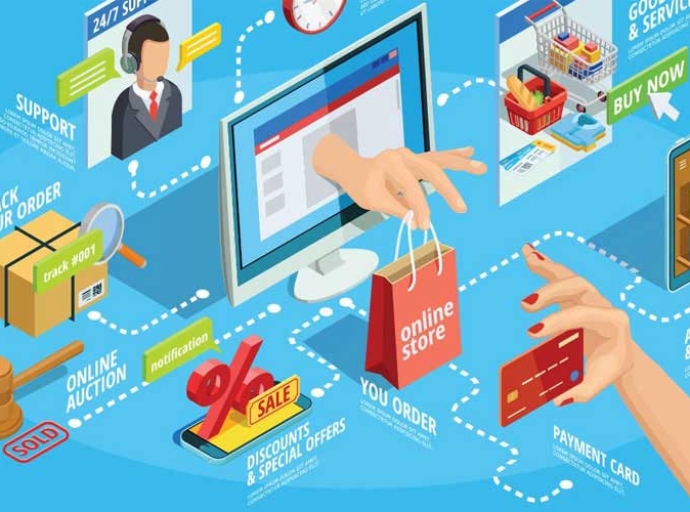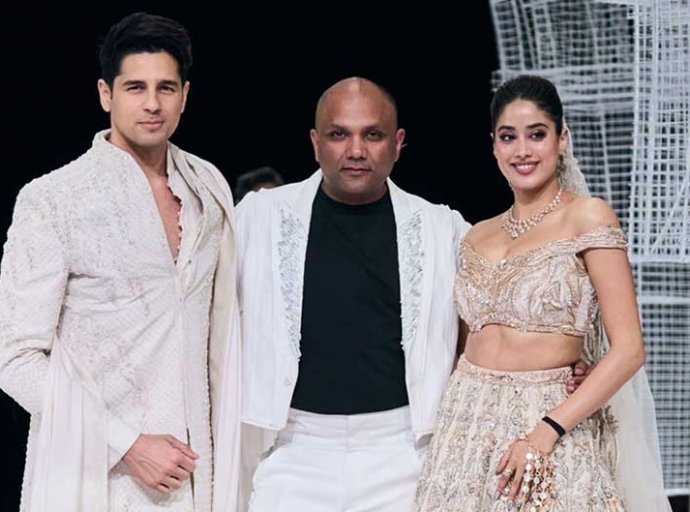India's retail sector, once basking in the afterglow of revenge spending, is experiencing a slowdown. The initial surge in purchases across categories, from clothing to automobiles, seems to be fading as consumer sentiment weakens.
A Retailers Association of India (RAI) survey of top 100 retailers revealed, the previous fiscal year (FY24) saw a significant decline in year-on-year retail sales growth across segments. The previous fiscal's comparatively slower growth rate of 4-7 per cent has continued into the current fiscal year (FY25), with April showing only a 4 per cent rise.
Global giants like Zara and Starbucks reported their slowest ever sales growth in India during FY24 (excluding the pandemic year). Vedant Fashions, owner of Manyavar, a leading men's ethnicwear brand, has witnessed five consecutive quarters of weak wedding season sales for the first time.
Reasons for the slowdown
RAI's CEO, Kumar Rajagopalan, attributes the slowdown to a combination of factors. He highlights the increased use of EMI (equated monthly instalments) for big-ticket items like electronics and cars by nearly 70 per cent consumers, particularly the middle class, compared to 40 per cent pre-pandemic. This has impacted disposable income and discretionary spending. The initial post-pandemic surge in spending, fuelled by pent-up demand, has subsided. Consumers upgraded wardrobes and frequented restaurants as restrictions eased, leading to high growth rates of 13-24 per cent in FY23. However, this momentum is not sustainable. Meanwhile, direct-to-consumer (D2C) brands on social media platforms are taking away market share from established players, particularly in the fashion segment.
Devarajan Iyer, CEO of Lifestyle International, India's largest departmental store chain attributes the slowdown to cautious consumer spending, particularly in Tier II cities, where disposable income is a bigger concern. He anticipates this trend to persist for at least the next few quarters.
Experts predict a potential recovery in the next two to three quarters. As Dalip Sehgal, CEO, Nexus Select opines, while fashion brands struggle, other categories like electronics and beauty show healthy growth. Established brands need to reinvent themselves to compete with D2C players. He expects a better second half of the year.
Industry experts remain optimistic, anticipating a gradual improvement in consumer spending as macroeconomic factors improve and retail inflation moderates. And Saurabh Kalra, MD, Westlife Foodworld believes out-of-home consumption trends are stabilizing sequentially, but remain lower year-on-year. He anticipates improvement in discretionary spending as economic conditions improve and inflation moderates.
The Indian retail sector finds itself at a crossroads. While the initial post-pandemic euphoria has subsided, there are signs of a potential rebound. The onus lies on retailers to adapt to changing consumer preferences, embrace innovation, and navigate the growing D2C landscape to stay relevant in the evolving retail ecosystem.
Latest Publications


































